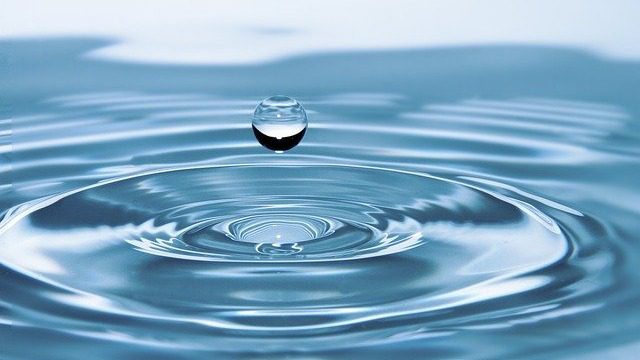Routine Physical and Chemical Examination – $275
Total Coliform and E. coli, Color, Turbidity, Odor, pH, Conductivity, Hardness, Nitrate, Iron, Manganese, Chloride, Sulfate, Sodium, Fluoride, and Arsenic.
A Great Value!
Coliform: Coliform bacteria are organisms that are present in the environment and in the feces of all warm-blooded animals and humans. Coliform bacteria will not likely cause illness. However, their presence in drinking water indicates that disease-causing organisms (pathogens) could be in the water system. – Wikipedia
E. coli: Escherichia coli, is a type of bacteria that normally lives in your intestines. It’s also found in the gut of some animals. Most types of E. coli are harmless and even help keep your digestive tract healthy. But some strains can cause diarrhea if you eat contaminated food or drink fouled water. – Wikipedia
Color: Color in drinking water can be caused by dissolved and suspended materials, and a brown shade in water often comes from rust in the water pipes. Although water can contain contaminants, which are usually removed by water-supply systems, the plus side is that the water you drink likely contains a number of dissolved minerals that are beneficial for human health. – USGS
Turbidity: Turbidity is the measure of relative clarity of a liquid. It is an optical characteristic of water and is a measurement of the amount of light that is scattered by material in the water when a light is shined through the water sample. The higher the intensity of scattered light, the higher the turbidity. Material that causes water to be turbid include clay, silt, very tiny inorganic and organic matter, algae, dissolved colored organic compounds, and plankton and other microscopic organisms. – USGS
Odor: A frequent cause of musty, earthy odors in water is naturally occurring organic compounds derived from the decay of plant material in lakes and reservoirs. … Water containing hydrogen sulfide can have an odor that is objectionable (and the water may taste really bad), but generally the water is not harmful to health. – USGS
pH: The pH scale ranges from 0 to 14. In general, a water with a pH < 7 is considered acidic and with a pH > 7 is considered basic. The normal range for pH in surface water systems is 6.5 to 8.5 and for groundwater systems 6 to 8.5. – Wikipedia
Conductivity: High quality deionized water has a conductivity of about 5.5 μS/m at 25 °C, typical drinking water in the range of 5–50 mS/m, while sea water about 5 S/m (or 5,000,000 μS/m). Conductivity is traditionally determined by connecting the electrolyte in a Wheatstone bridge. – Wikipedia
Hardness: General guidelines for classification of waters are: 0 to 60 mg/L (milligrams per liter) as calcium carbonate is classified as soft; 61 to 120 mg/L as moderately hard; 121 to 180 mg/L as hard; and more than 180 mg/L as very hard. – USGS
Nitrate: Nitrates are common components of fertilizers and explosives. Almost all nitrate are soluble in water. – Wikipedia
Iron: Although present in drinking water, iron is seldom found at concentrations greater than 10 milligrams per liter (mg/L) or 10 parts per million. However, as little as 0.3 mg/l can cause water to turn a reddish brown color. … Water containing ferrous iron is clear and colorless because the iron is completely dissolved. – Wikipedia
Manganese: While a small amount of manganese is essential for human health, new Health Canada research has shown drinking water with too much manganese can be a risk to health. Manganese can also cause discoloration and an unpleasant taste in drinking water. It can also stain laundry. – Wikipedia
Chloride: Chloride increases the electrical conductivity of water and thus increases its corrosive nature. In metal pipes, chloride reacts with metal ions to form soluble salts (8), thus increasing levels of metals in drinking-water. – Wikipedia
Sulfate: As water moves through soil and rock formations that contain sulfate minerals, some of the sulfate dissolves into the groundwater. Minerals that contain sulfate include magnesium sulfate (Epsom salt), sodium sulfate (Glauber’s salt), and calcium sulfate (gypsum). – Wikipedia
Sodium: In drinking water, sodium can occur naturally or be the result of road salt application, water treatment chemicals or ion-exchange water-softening units. – Wikipedia
Fluoride: Fluoride is an inorganic, monatomic anion with the chemical formula F⁻ , whose salts are typically white or colorless. Fluoride salts typically have distinctive bitter tastes, and are odorless. – Wikipedia
Arsenic: Arsenic is naturally present at high levels in the groundwater of a number of countries. Arsenic is highly toxic in its inorganic form. – Wikipedia


